About Celebrations – Saint George’s Day
St George has always been especially honored and respected as a patron saint of Georgia and there are hundreds of churches dedicated to him. Georgian Orthodox Christians celebrate Saint George’s Day, Giorgoba, (Georgian: გიორგობა) twice a year; on May 6 and on 23 November.
St. George was born in the latter part of the third century A.D. to a Greek Christian noble family in Lydda, Palestine. After his father’s death, George enlisted in the Roman army and by his late 20s was promoted to the rank of Tribunus and joined the imperial guard of the Emperor Diocletian at Nicomedia, the eastern capital city of the Roman Empire.
During the year 303 A.D., the emperor Diocletian summoned his officers and instructed them to persecute the Christians. Raised as a Christian, George refused to undertake this task. Diocletian offered him gifts of land, money and slaves if he would renounce his faith and make a sacrifice to the Roman gods.
When he refused, George was tortured and then beheaded on April 23 (April 23 corresponds to 6 May on the Gregorian calendar).
The Diocletianic Persecution (303–11) was the Roman Empire’s last and largest persecution of Christianity but failed to destroy the empire’s Christian community. During the fourth century the veneration of George spread from Palestine through Lebanon to the rest of the Eastern Roman Empire.
 CLICK on the logo to visit GEORGIA ABOUT on Facebook and see photos and news about Georgia. Click LIKE on the page and become a friend of GEORGIA ABOUT.
CLICK on the logo to visit GEORGIA ABOUT on Facebook and see photos and news about Georgia. Click LIKE on the page and become a friend of GEORGIA ABOUT.


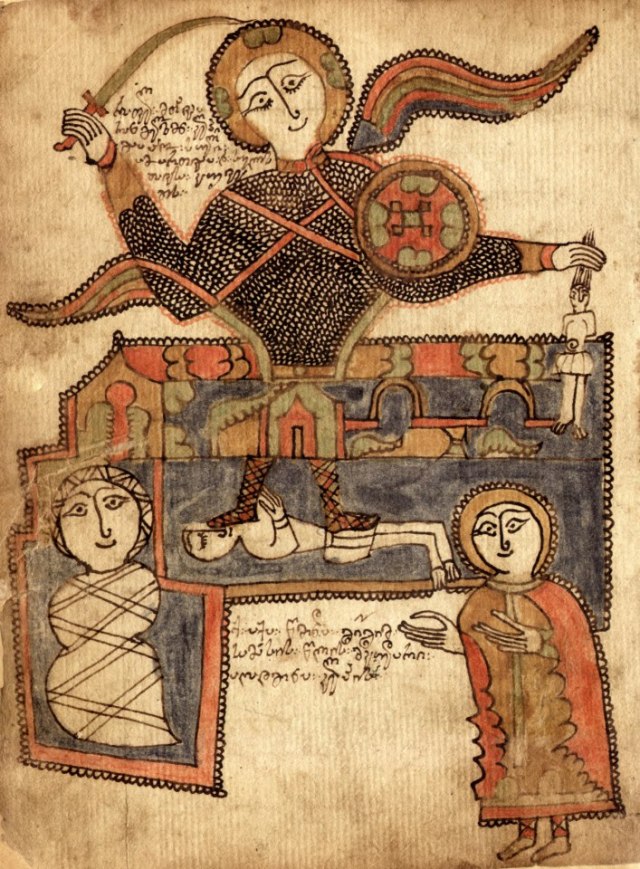
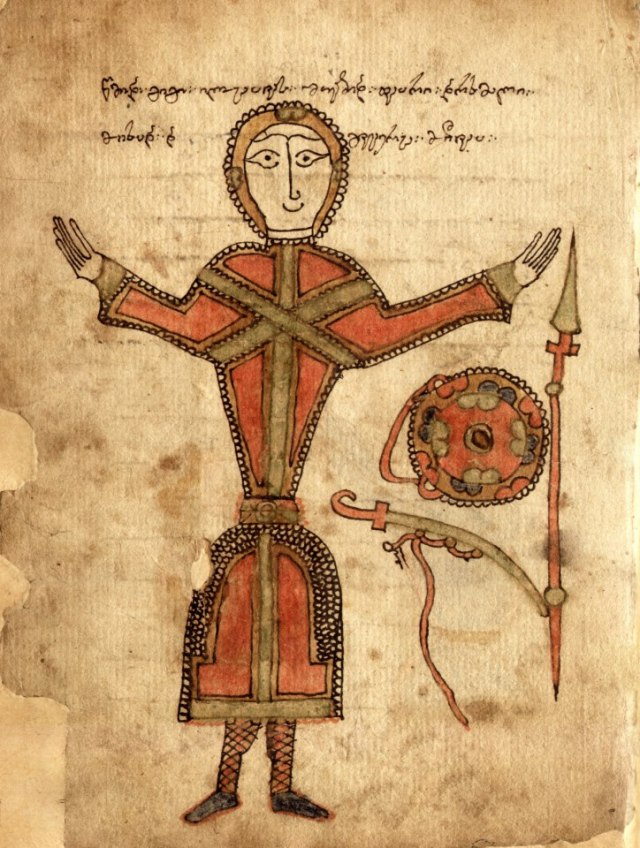




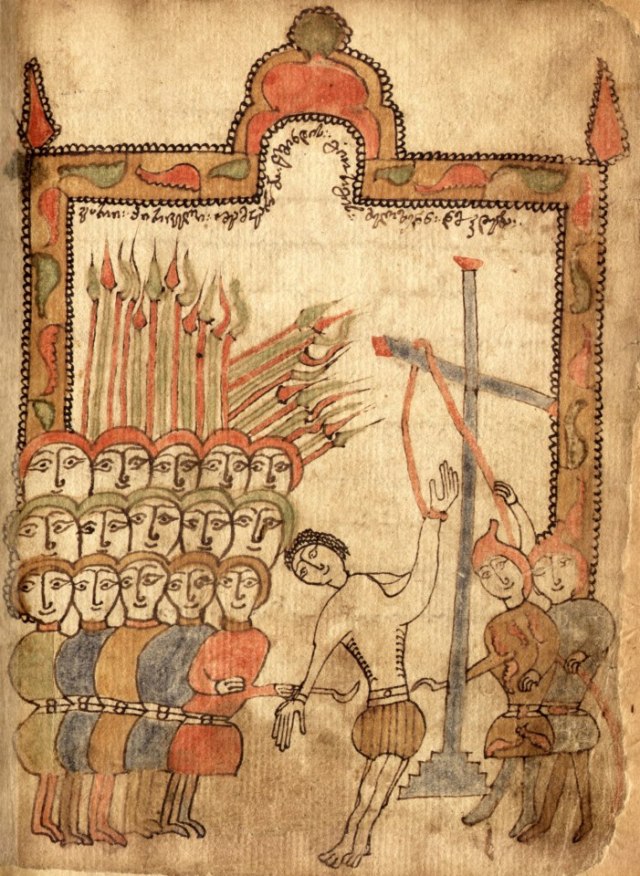
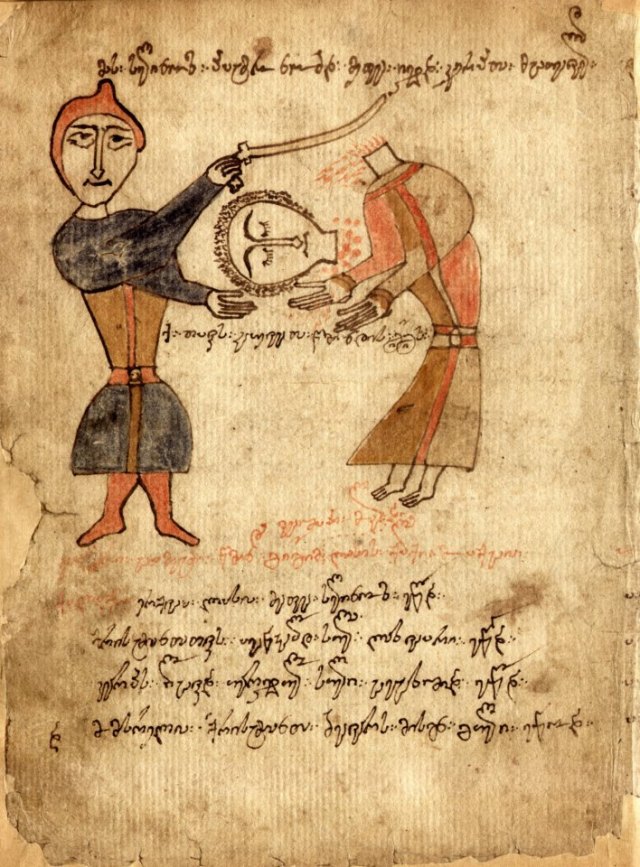




























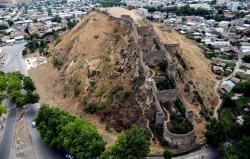







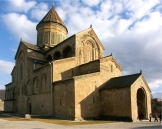





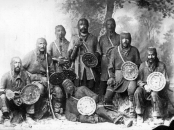















Good occasion to taste some Georgian wine! 🙂